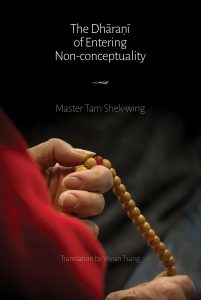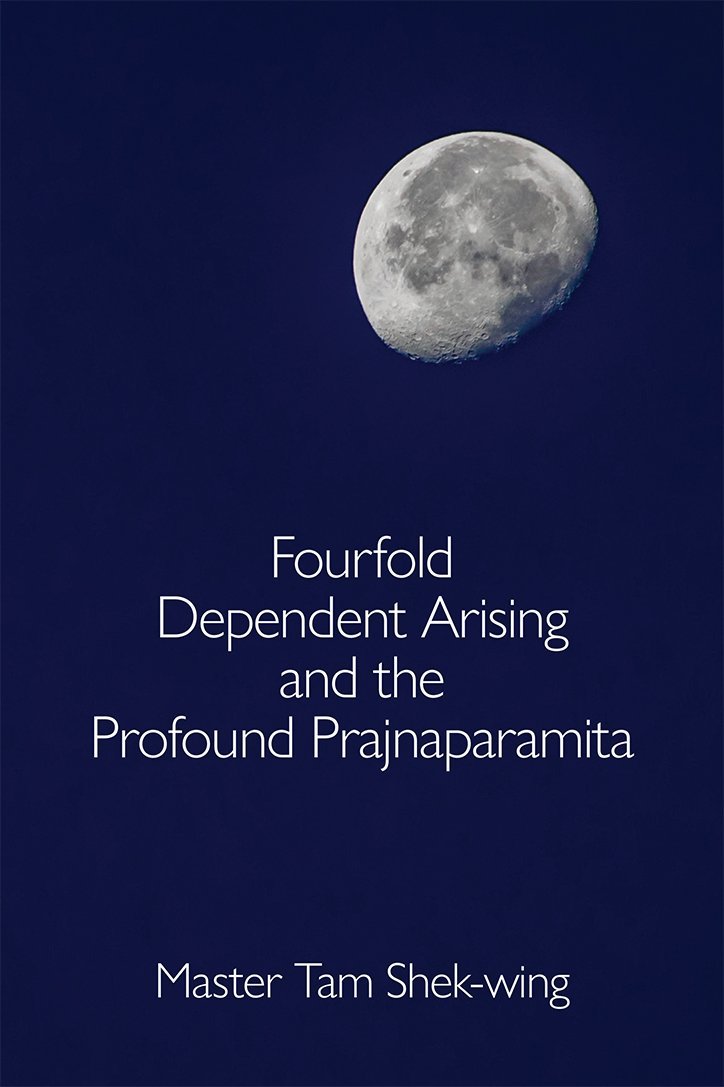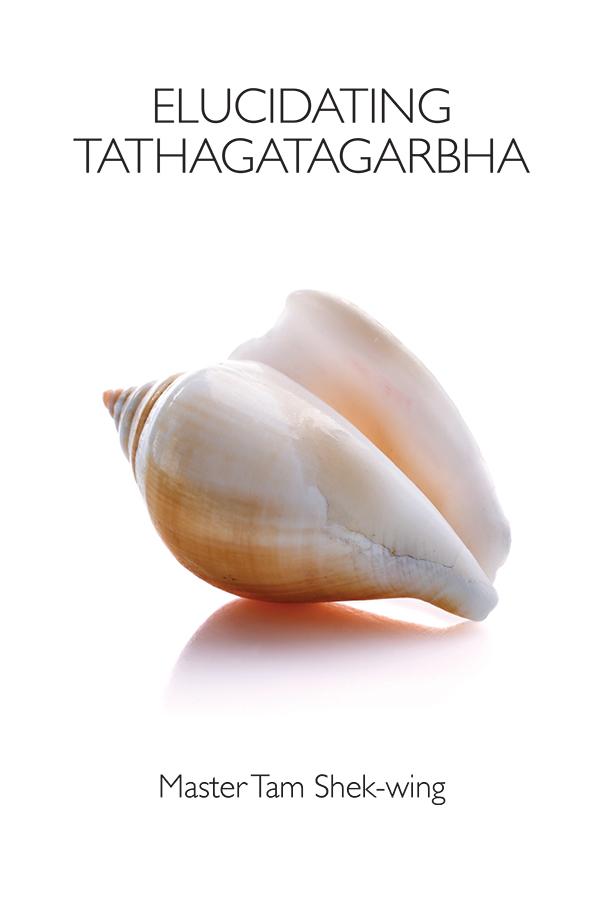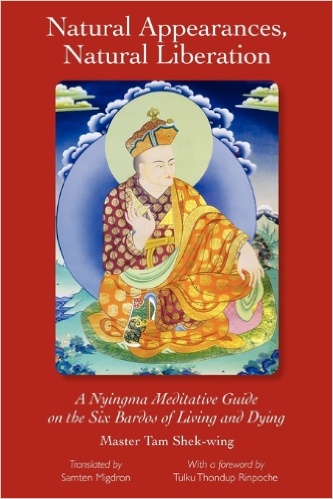On Conduct
A lay perspective on Buddhist’s conduct can be an intriguing one. A non-scientific sampling of Internet searches may turn up answers about compassion, vegetarianism, new age spiritualism, and possibly political activism in Tibet, much coloured by popular media. Some view Buddhism as an alternative to or an escape from traditional religious practices.
By 2007, I had been in Canada for almost 20 years. I could converse reasonably in the language but my sense of the language was much coloured by my family and my peers, and what was available in the media at the time. Just like a regular folk, I assumed that all media outlets had the utmost correctness of their language practices. Though now in retrospect, BBC had by now introduced newscasters with regional accents, ironically in a time where English speakers were very much bleached out of their regionalism from widespread media exposure.
Correctness was by now in the eye of the beholder.
A very curious set of circumstances involved me in the Cantonese pronunciation standard debates in the depth of winter in 2007. Then, I had broken my ankle in a freak skating accident. With my left ankle heavily in cast, I was stuck at home, sending letters after letters to the national broadcaster body, requesting a review on the Cantonese language practices at two Cantonese-Canadian television channels.
I was not alone on this, but it certainly felt rather lonely, as many of the events were outside of my control. I could not control, for example, the action of an academic, who chose to write about a subject (Cantonese pronunciation) that he knew very little. I could not control those in power (the Hong Kong government and broadcasters) choosing to follow his advice to “standardize Cantonese pronunciation.” I could not control that these events had a cascading effect impacting Cantonese speakers overseas.
I could speak up. Once the message is out, others are free to consider it.
The response I got from the broadcasters’ governing body was this. The two channels were free to choose their language standards. Such as is the case of African American vernacular English (“Ebonics”) on American television, the two channels allowed their newscasters to freely choose their Cantonese pronunciation standards. After all, even the government imposed language standard, correct or not, had been “widely” adopted. Just like Ebonics. Isn’t this what an inclusive multicultural society ought to be?
Ebonics had a long history evolving as a pidgin or creole-like way with deep roots in the American South. Its road to mainstream media was a long and hard one. Its acceptance was an attempt to reflect “the street” in the media. After all, media, especially news, reflects what is on the street.
Positions of power and the appearance of expertise can flex its muscle in very subtle ways.
To whom the television channels have to answer for? To whom the national broadcasters’ governing body has a responsibility?
Part of a buddhist’s code of conduct has much to do with responsibility. If I am in the role of a mother, I perform the motherly tasks. In the role of an employee, I do the work of an employee. Just because I draw a line as an employee at one time, I do not stop being a mother or a citizen.
Drawing the line has its function. It is like obeying the traffic light. Red means stop; green means go. Right? But you wouldn’t slam on the pedal if a slow grandma has not finished crossing before the light turns green, would you? (Or maybe you would!)
In the name of inclusivity, the newscasters can freely choose any pronunciation practices they want. It is ok for the BBC to sound like it came from a small Welsh town. It is ok to sound like the American South in an Oscar winning movie. Surely it must be ok to take the word of one academic and ignore the language one grows up speaking. Ignore the parents. Ignore the whole community so that you can go along with the authority.
Drawing the line is like creating a sense of self. Inclusivity. United Nations. Environmental friendliness. Economic growth. My family. Vivian. Physical or abstract, the moment a line is drawn, it is as if a baby is born. If we have to say something about Buddhism, one can think of it as teachings about the line and ways of dealing with the baby to which it has given birth.
There is much in the teaching leading to the day-to-day practice. If one has to give a name to it, it is called Tathagatagarbha, the Buddha-within or the Buddha womb. If the metaphor gives off any hint, it is like the word mother-nature. The womb is vast and limitless; it gives rise to everything on earth. Or one can go in another direction: everything bears the signature of nature (the Buddha-within).
And speaking of inclusivity, the signature is also present in other religious practices. In Christianity, it is said that everyone is made in the image of God. In certain Hindu practices, the metaphor is the saline solution — salt cannot be seen but is omnipresent in the liquid — an invisible essence is present everywhere.
Despite the similarity in premise, how the premise is interpreted leads to different entrances and different paths. For some, it might be about slamming on the pedal when the light is about to turn red. For others, it might be about stopping in front of a slow grandma. All are possibilities in this womb.
What is your path?








